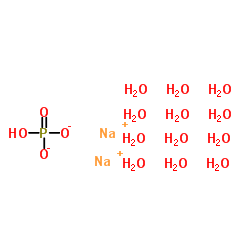| 结构式 | 名称/CAS号 | 全部文献 |
|---|---|---|
 |
纯碱
CAS:497-19-8 |
|
 |
1,2-Benzenedicarboxylic acid
CAS:84-74-2 |
|
 |
磷酸氢二钠,十二水
CAS:10039-32-4 |